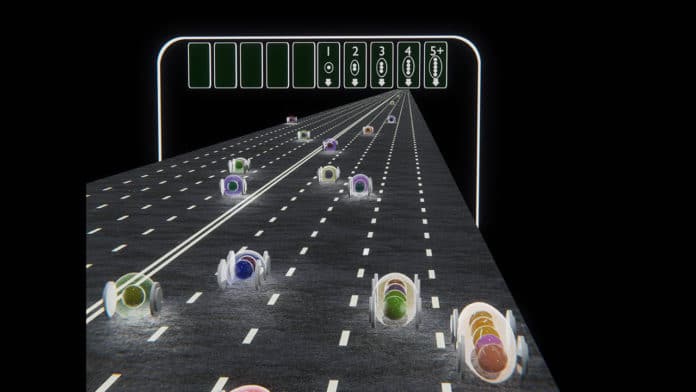Ordinarily, electrons in semiconductors or metals move and disperse, and in the long run, float one direction if you apply a voltage. In any case, in ballistic conductors, the electrons move increasingly like vehicles on a highway. The benefit of that is they don’t emit heat and might be utilized in ways that are unique from ordinary electronics. Scientists before us have succeeded in making this sort of ballistic conductor.
In a new discovery by the University of Pittsburgh Department of Physics and Astronomy, scientists discovered that when electrons can be made to attract one another, they can form bunches of two, three, four, and five electrons that behave like new types of particles, new forms of electronic matter.
During the study, scientists determined measurements in one-dimensional conducting systems where electrons are found to travel without scattering in groups of two or more at a time, rather than individually.
Jeremy Levy, a distinguished professor of condensed matter physics, one of the co-authors of the study, contrasted the finding with how quarks tie together to form neutrons and protons. A significant piece of information to revealing the new matter was perceiving that these ballistic conductors coordinated a sequence inside Pascal’s Triangle.
Levy said, “If you look along with different directions of Pascal’s Triangle, you can see different number patterns, and one of the patterns was one, three, six, 10, 15, 21. This is a sequence we noticed in our data, so it became a challenging clue as to what was going on. The discovery took us some time to understand, but it was because we initially did not realize we were looking at particles made up of one electron, two electrons, three electrons, and so forth. If you combine all this, you get the sequence of 1,3,6,10.”
“The new particles feature properties related to quantum entanglement, which can potentially be used for quantum computing and quantum redistribution. He said the discovery is an exciting advancement toward the next stage of quantum physics.”
“This research falls within a larger effort here in Pittsburgh to develop new science and technologies related to the second quantum revolution.”
“In the first quantum revolution, people discovered the world around them was governed fundamentally by laws of quantum physics. That discovery led to an understanding of the periodic table, how materials behaved, and helped in the development of transistors, computers, MRI scanners, and information technology.”
“Now in the 21st century, we’re looking at all the strange predictions of quantum physics and turning them around and using them. When you talk about applications, we’re thinking about quantum computing, quantum teleportation, quantum communications, quantum sensing—ideas that use properties of the quantum nature of matter that were ignored before.”
The study was published in Science on Feb. 14.
